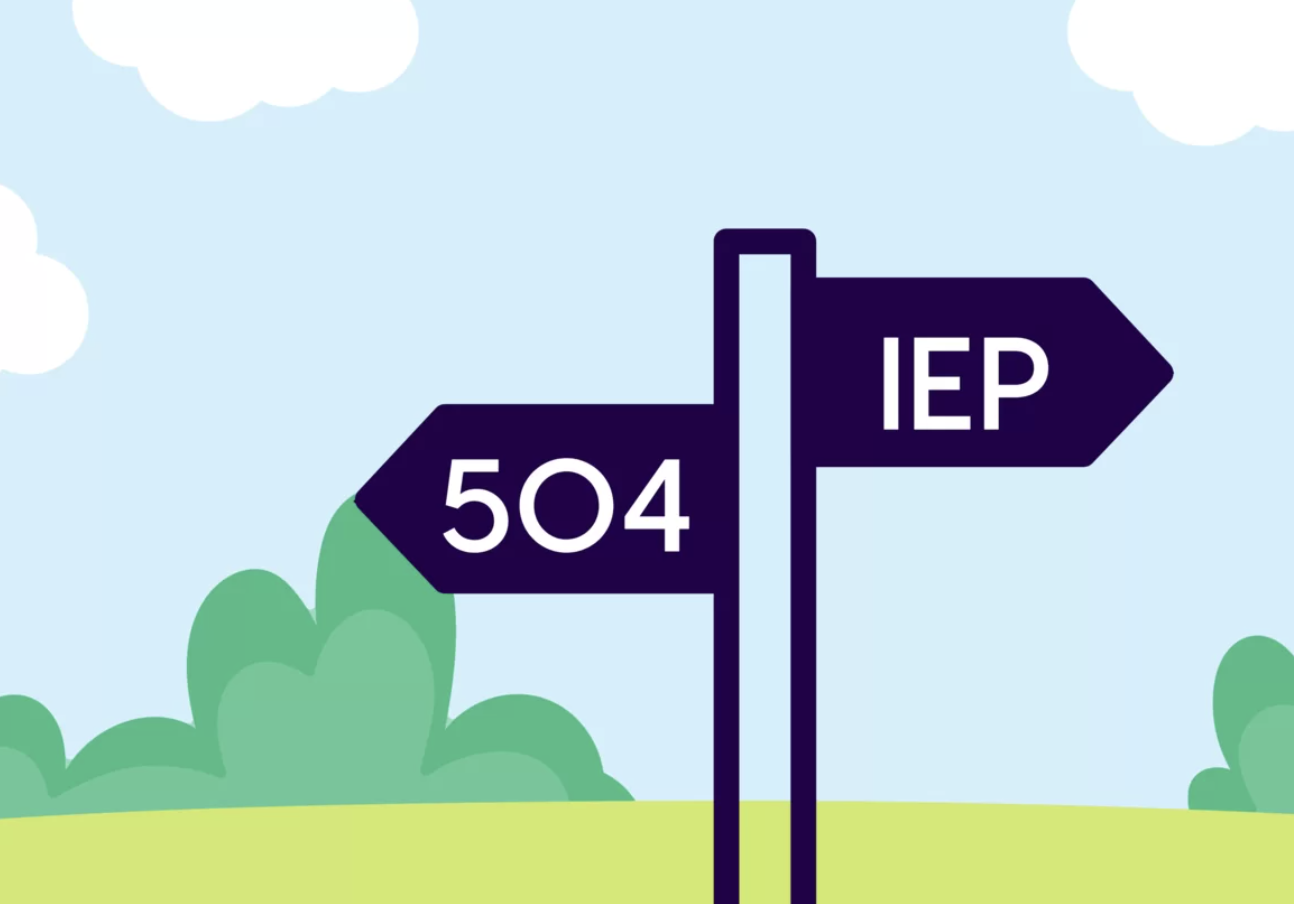If you’ve ever walked out of an IEP meeting wondering, “Are these goals really going to help my child?” — you’re not alone.
The truth is, the goals section of your child’s Individualized Education Program (IEP) is where the real magic—or frustration—happens. Those goals decide what your child works on, how progress is tracked, and what support they receive for the entire school year.
When goals are strong, progress follows. When they’re vague or unrealistic, everyone ends up confused—especially your child.
Here’s how to spot the difference.

What Are IEP Goals (and Why They Matter)
An IEP goal is a clear, measurable skill your child should be able to do by the end of the IEP year.
Good goals help your child close learning gaps, build independence, and get meaningful support in school. They can cover anything from reading comprehension and writing to social skills, behavior, or emotional regulation.
If you think of the IEP as a roadmap, the goals are the destination. Without clear directions, it’s easy to lose the way.
The SMART Formula for Strong IEP Goals
All effective IEP goals follow the SMART format:
-
S – Specific: Focused on one clear skill
-
M – Measurable: Has clear data or benchmarks
-
A – Achievable: Reasonable given your child’s current abilities
-
R – Relevant: Connected to your child’s real needs
-
T – Time-bound: Set for a specific period (usually one year)
Weak Goal Example
“Liam will improve his reading skills.”
Too vague. Improve how? By how much? With what support?
Strong Goal Example
“Given a fourth-grade reading passage, Liam will answer comprehension questions about the main idea and key details with 80% accuracy in 4 out of 5 opportunities by May 2026.”
Now you can see exactly what’s being measured and how success will be tracked.
Common Types of IEP Goals
Depending on your child’s unique needs, you might see goals related to:
-
Academic skills: Reading fluency, writing, or math problem-solving
-
Social-emotional skills: Managing frustration, working in groups
-
Behavioral skills: Following directions, staying on task
-
Communication skills: Expressing needs, using complete sentences
-
Functional skills: Organization, time management, daily independence
Each child’s goals should reflect what matters most for their success—not just what’s easy for the school to measure.
How Parents Can Evaluate IEP Goals
When you read your child’s IEP, ask yourself:
-
Is it clear what this goal means in plain language?
You should understand it without needing special education jargon.
-
Can I picture what success looks like?
If you can’t imagine your child doing the skill described, it may be too vague.
-
Will I know how progress is tracked?
The goal should mention data, observation, or work samples.
-
Does this skill really matter for my child right now?
Prioritize what’s holding your child back from learning or independence.
If any of these answers are “no,” ask the team to adjust the goal wording. You have the right to do that.
Red Flags in IEP Goals
Watch out for goals that:
🚫 Use vague terms like improve, increase, or understand without details
🚫 Combine multiple skills in one goal (e.g., reading and writing together)
🚫 Have no clear way to measure progress
🚫 Seem unrealistic or out of reach in one school year
🚫 Don’t connect to your child’s actual challenges
If a goal doesn’t make sense to you, chances are it won’t make sense to your child’s teachers either. Clear goals help everyone stay on track.
How to Advocate for Better Goals
Here’s what you can do as a parent to make sure the goals are right:
-
Ask for baseline data.
You should know where your child is starting. Without it, progress can’t be measured.
-
Request specific, measurable wording.
Say, “Can we make this goal more specific?” or “How will we measure success?”
-
Keep goals achievable.
Small, steady growth is still success.
-
Ask for regular updates.
You can (and should) get progress reports throughout the year, not just at annual meetings.
The Parent Power: You’re Part of the Team
Remember—an IEP is a team effort, and you are an equal member of that team.
You don’t need to write the goals yourself, but you do have the right to question them, clarify them, and make sure they fit your child.
When you leave an IEP meeting, you should be able to say:
“I know what my child is working on, how we’ll measure it, and what success looks like.”
That’s what a solid IEP goal delivers.
